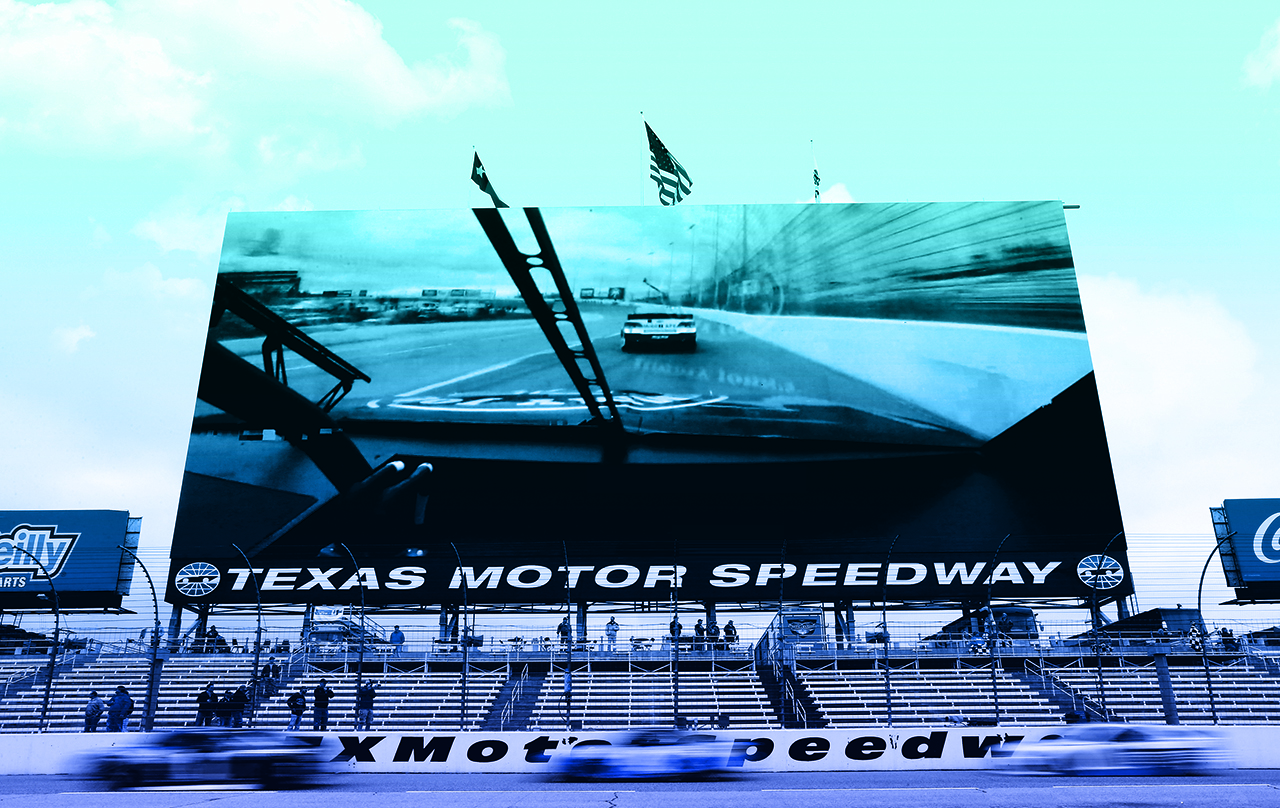Products evolve, technology leaps to the next plateau, and jargon can be confusing (intentionally, in some cases). It’s a major investment meant to amaze viewers and endure for years to come. When comparison-shopping, it’s tempting to think that your decision can be boiled down to a few simple considerations.
After all, it’d make things much easier: simply determine your budget, and then assess your options to see what gets you the most bang for your buck.
But in the world of video boards, it’s rarely that simple.
You don’t need to be a consultant to realize that not everything you’re told about video boards can be taken at face value. From misunderstood specs to misleading marketing, there are plenty of opportunities to absorb misinformation about these solutions.
Video boards aren’t one-size-fits-all commodities, and knowledge of their finer points is required to compare them adequately.
BUYING A VIDEO BOARD IS A HUGE AND DIFFICULT DECISION.
MYTH: ONCE YOU KNOW A SCREEN’S RESOLUTION, IT’S EASY TO DETERMINE ITS SHARPNESS AND IMAGE QUALITY.
After price, resolution is usually the most important consideration for video board customers—but it may also be the most frequently misunderstood.
While it’s true that resolution contributes to the overall clarity and quality of the image, it’s far from the only variable—factors like brightness, calibration, and true color may be just as important.
In addition, image quality is not always represented in the same way. Most vendors will provide you with the board’s pixel pitch, which measures the distance between the centers of adjacent pixels. A smaller pixel pitch translates to a sharper image.
However, others create “virtual pixels” with fewer LEDs, lowering the cost but sacrificing quality. The resulting measurements can be misleading: though “13HD” sounds like a high definition board with 13mm pixel pitch, it’s actually a “High Density” board with a pixel pitch of about 18mm.
MYTH: IT’S ALL ABOUT SPECS. ONCE YOU KNOW YOUR BUDGET, SIMPLY LOOK FOR THE HIGHEST RESOLUTION, THE BRIGHTEST SCREEN, AND THE LONGEST HALF-LIFE YOU CAN AFFORD.
If you’ve been comparison-shopping for a while, you probably have numbers flying at you from all directions. At a minimum, you’ve likely learned about image sharpness, typically measured in pixel pitch; brightness, measured in nits; and half-life, a key indicator of the video board’s expected longevity, usually measured in running hours.
It’s true that a video board’s specifications are important and should not be overlooked—but they’re not the be-all and end-all, either. To begin with, video board specifications are complex—you’ll need both a detailed spec sheet and some technical knowledge to fully comprehend them.
But you must also consider your video board’s application. Experts caution that differences in image quality are only perceptible up to a certain distance—though the particulars depend on many factors, including screen size and the viewer’s visual acuity. In any case, if your screen is suspended hundreds of feet from its viewers, it doesn’t need to have a 6mm pixel pitch.
Likewise, an indoor screen doesn’t need to be as bright as its outdoor counterparts. When you know how you’ll be using your screen, you can focus on the specs that truly matter in context, while saving money on the less important details.
MYTH: THE VENDOR IS THE ONLY BRAND NAME YOU SHOULD CARE ABOUT—IT DOESN’T MATTER WHO MANUFACTURED THE INDIVIDUAL COMPONENTS.
Stadiums and arenas often develop close relationships with a single vendor, returning to them for all of their video board needs, including major upgrades. They think they’re getting the same product every time, but that’s not necessarily true.
In reality, vendors source the board’s individual components—like LEDs—from a variety of manufacturers. One vendor may change its sources, even within a span of weeks, to cut costs or optimize the supply chain.
Unfortunately, not all video board components are created equal. Generally, a few established brands deliver consistent, high-quality products, while less expensive alternatives don’t perform as well—and may not last as long, either.
MYTH: IF THE BOARD LOOKS GREAT TODAY, IT WILL LOOK JUST AS GOOD FOR YEARS TO COME.
Longevity is one of the most important considerations and differentiators when it comes to video board solutions. Just because the board looks great upon installation doesn’t mean it will hold up over time. Of course, every board will deteriorate eventually—but if the components aren’t up to snuff, you may experience image degradation, reduced brightness, and frequent failures that require maintenance.
That being said, the opposite problem can also come into play—often, customers end up overpaying for a product with a half-life that extends far beyond their actual needs.
MYTH: SMD LAMPS AREN’T BRIGHT ENOUGH FOR OUTDOOR USE.
Generally speaking, there are two distinct types of LED lamps, the tiny colored lights that make up the video board’s display. Standard LEDs are single diodes that can light up either red, green, or blue. By contrast, a surface-mount device (SMD) LED includes a red, green, and blue LED semiconductor on a single package.
There are advantages to each type. In the past, vendors often warned their customers that SMD lamps weren’t as well suited for outdoor applications because they’re dimmer, less efficient, provide limited contrast, and cannot withstand the outdoor environment.
In reality, advances in technology have improved the SMD’s performance, making it a better choice for high-quality outdoor boards than ever before.


